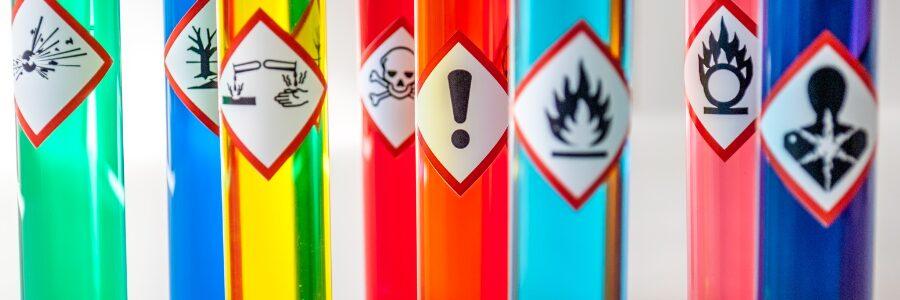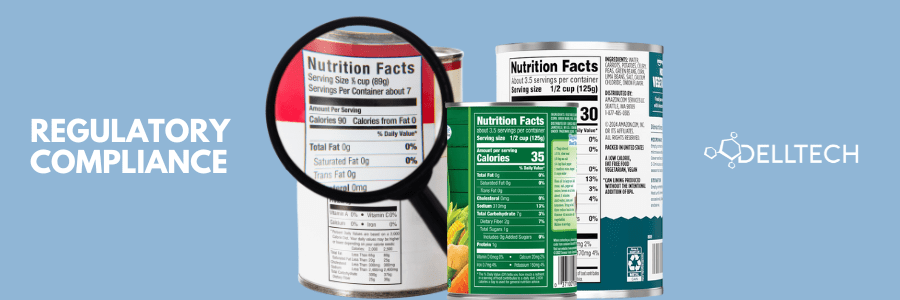When engaging in SDS preparation, whether through contracted services or self-preparation, it’s imperative to consider these key points:
- Avoid Reliance on Standard MSDS: Depending solely on standard OSHA or Canadian WHMIS MSDS may lead to incomplete GHS classification and SDS.
- Verify Test Data: With GHS altering classification endpoints, using unverified test data risks misclassification, potentially leading to inaccurate labels.
- Thorough Formulation Review: Accurate SDS classification necessitates comprehensive scrutiny of the entire formulation, including all ingredients at every level.
- Ensure CPR Criteria Compliance: For Canadian use, GHS SDS must meet CPR criteria, explicitly stated on the document.
- Understand Liability: As the identified manufacturer or importer on the SDS, you’re liable for any inaccuracies, regardless of authorship.
Prioritize precision in SDS preparation to mitigate errors and ensure compliance with GHS standards.
A compliant GHS SDS and label requires time to accurately review all the information available on the product. Avoid expensive mistakes. Ensure you do it right the first time.
Dell Tech has provided professional, confidential consulting services to the specialty chemical
industry in Canada, the USA, Europe, and Asia for the last 40 years.
[INSERT_ELEMENTOR id=5705]





